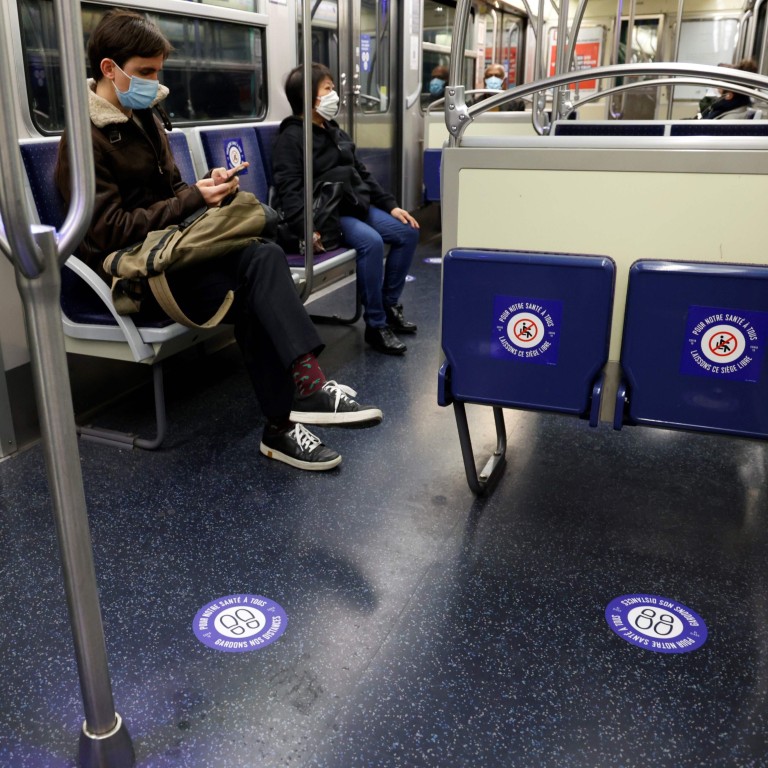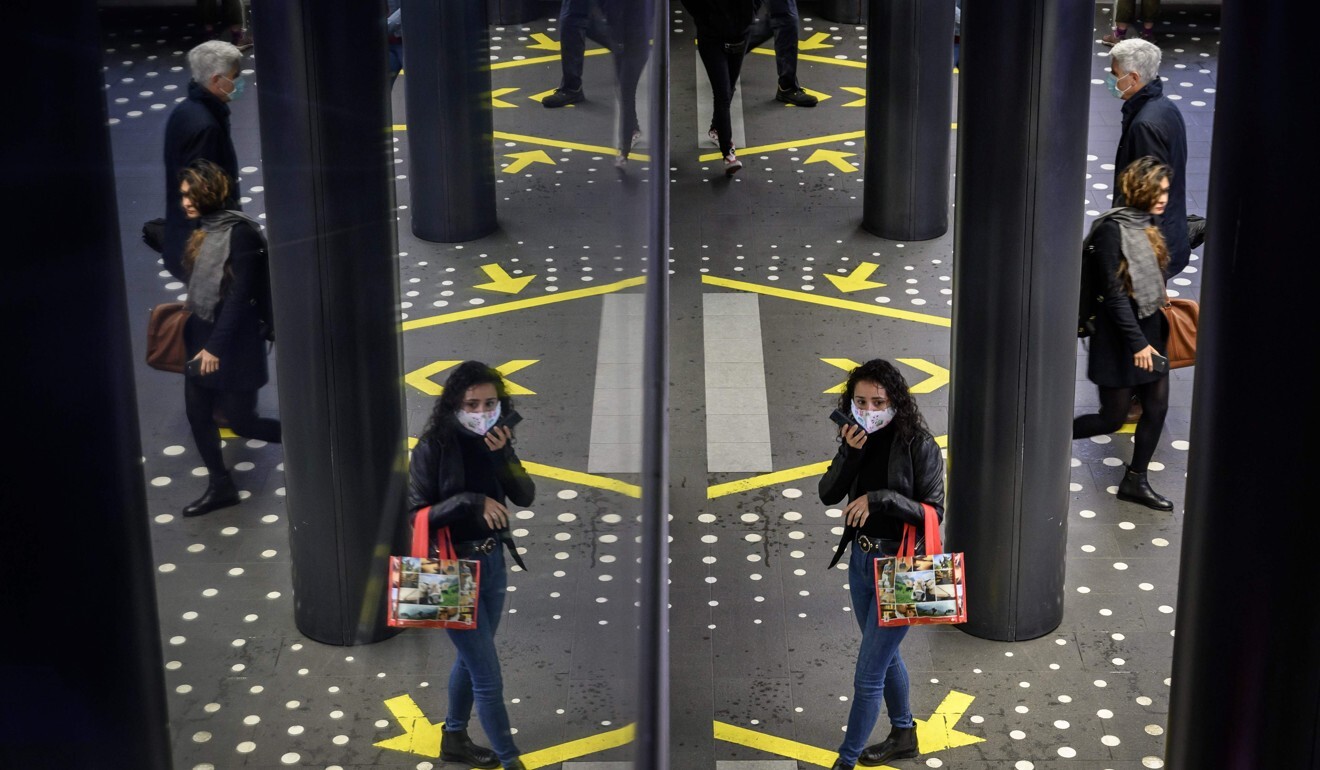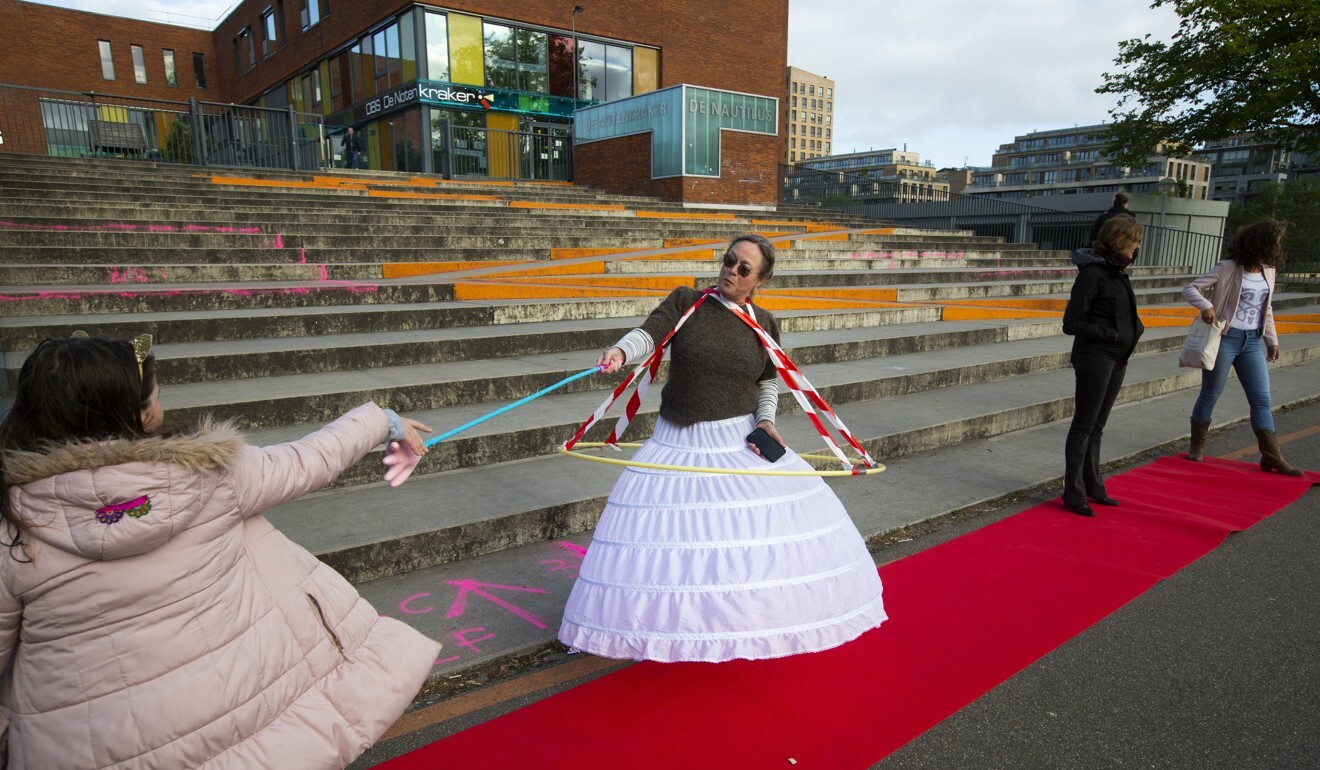
Europe cautiously emerges from coronavirus confinement
- Britain plotted a path to normality and France and Spain basked in a relaxation of restrictions
- Russia’s cases overtook Italian and British infections to become the third highest in the world
Parts of Europe began easing weeks-long lockdown measures Monday, with epidemiologists and officials watching closely for rebounds in Covid-19 infection rates.
Germany’s situation has alarmed public health officials as the country saw a rise in cases since it reopened parts of its economy recently, while UK Prime Minister Boris Johnson faced criticism for his government’s confusing plan to get people back to work as the country reels from the world’s second highest death toll.
France, Belgium, the Netherlands, Switzerland and Greece started relaxing restrictions Monday, including reopening schools and shops, though varying degrees of social distancing continued to apply.
Increasingly, governments across Europe are worried that a prolonged shutdown of countries would risk long-term economic impacts, such as rising unemployment and burdensome financial packages for struggling businesses.
Germany, the biggest economy, has been relatively unscathed in the crisis, recording 2,000 cases per 1 million people, the lowest rate in western Europe.
In the populous North Rhine-Westphalia and Bavaria states, the requirements to contain the virus were further relaxed. Large stores were allowed to reopen, while restrictions on restaurants or sports were relaxed. Students also returned to schools.
This followed initial easing of lockdowns across Germany, which has seen increasingly radicalised protests calling for reopening of the economy.
However, the top German infectious diseases agency, the Robert Koch Institute, reported that the infection rate rose above a critical threshold over the weekend, fuelling concerns that the lockdown was being eased prematurely.
Rise in German coronavirus infections spurs concern
According to the institute, Germany’s “R value” – the rate at which coronavirus is spreading – was above the critical mark of 1.0 for two days in a row. The number stood at 1.13 on Sunday and 1.1 on Saturday, higher than 1, which is considered a safe measurement.
Before the containment policies were eased, the value stood at 0.65 on Wednesday.
The UK government was also assessing its situation with reference to the R value.
In a televised address on Sunday, Johnson said reducing the R number is “our collective endeavour”, and the UK’s top epidemiologists would continually try to calculate it as the government mulls easing measures.
Amid pressure to reopen the country, Johnson made a concession to strike a balance between a partial economic reopening and curbing the spread of the virus.
He controversially changed the national slogan from “stay at home” to “stay alert”, allowing people who could not work from home to return to the workplace.
Under a new Covid Alert System with five levels, the UK would assess how quickly lockdown restrictions could be eased. Johnson hoped the next step at the earliest by June 1 would allow some primary students to return to school.
“This is not the time simply to end the lockdown this week. Instead we are taking the first careful steps to modify our measures,” said Johnson, who was hospitalised last month with a serious bout of Covid-19.
Johnson’s Conservative government said more details of the “road map” out of lockdown would come in a 50-page document being published Monday. But already Johnson was at odds with the leaders of Scotland and Wales.
Scottish First Minister Nicola Sturgeon said she didn’t know what the new “stay alert” advice meant and asked the UK government not to promote such a “vague and imprecise” message in Scotland.
London Major Sadiq Khan stressed hat the lockdown had not been lifted, saying Londoners “must not use public transport for any unnecessary journeys”.
As Europe gradually reopens, businesses remain pessimistic about recovery
Johnson also said within weeks the UK would impose a 14-day quarantine on people arriving by air, though it is unclear how it will be enforced. Travellers from Ireland and those taking the Eurostar trains from France would be exempt.
“That’s the bit I don’t understand,” Willie Walsh, chief executive of British Airways owner IAG, said. “There’s nothing positive in anything I heard the prime minister say [on Sunday].”
With nearly 32,000 deaths, the UK has recorded the world’s highest death toll after the US, followed by Italy, Spain and France.

But some officials have been emboldened by declining death rates, with France’s toll dropping to 70 on Sunday – its lowest since early April – and Spain’s daily fatalities falling below 200.
While both Spain and France relaxed some of the lockdown measures, major cities – Paris, Madrid and Barcelona – remained on high alert due to high population densities and the ongoing spread of the virus.
On Monday, the French were able to walk outside without filling in a permit for the first time in nearly eight weeks, while teachers began returning to primary schools and some shops were set to reopen, causing a surge in the numbers using the Paris metro.
Meanwhile, Russia’s coronavirus cases overtook Italian and British infections on Monday to become the third highest in the world after a record daily rise hours before President Vladimir Putin was due to review the country’s lockdown regime.
The official tally surged to 221,344, meaning Russia now has more registered cases than Italy or Britain and only trails Spain and the United States, as the number of new cases of the novel coronavirus jumped by 11,656 in the past 24 hours.
More than half of all cases and deaths are in Moscow, the epicentre of Russia’s outbreak. On Monday, it reported an overnight increase of 6,169 new cases, bringing its official total to 115,909.

The country’s coronavirus response centre also reported 94 new deaths, taking the overall death toll to 2,009 people. The official death toll remains far lower than in many countries, something Kremlin critics have queried.
As Europe began the long process of reopening from coronavirus lockdowns, the first new infections in weeks at China’s ground zero offered a sobering reminder of the dangers of a second wave of cases.
Wuhan, the Chinese city where the coronavirus was first detected, reported a second day of new cases after a month without sign of the virus. On Monday, five new infections were reported in the city, a day after one new case.
Additional reporting by Reuters and Agence France-Presse

